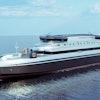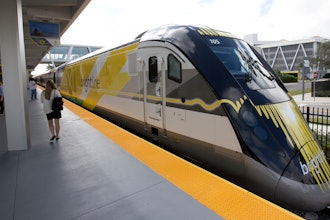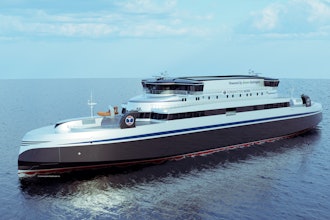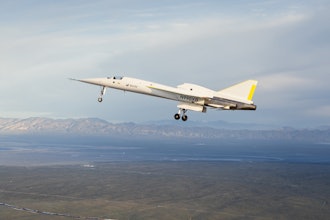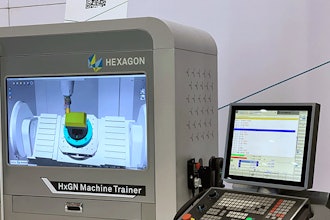While there have been a number of railgun iterations since the concept was originally developed shortly after WWI, perhaps none are as dramatic as recent news about the creation of a system that could double the power of a railgun while cutting its size in half.
For those unfamiliar with the technology, a railgun uses electromagnetic forces to fire metal rounds weighing between 7-11 pounds. The force that this technology generates means it can send these rounds more than 100 miles at speeds of over 5,300 mph, which is commonly referred to as Mach 7.
Just for comparison, a Tomahawk cruise missile hits about 550 mph and even Intercontinental Ballistic Missiles top out around 15,000 mph. So in addition to reaching the target more quickly, railguns don’t rely on a chemical reaction like those needed to fire a bullet from a gun or launch a missile.
A railgun only needs a source of electricity. This helps remove safety concerns when it comes to moving live, explodable ordinance. And, hunks of metal are quite a bit cheaper than missiles.
The problem is that railguns are huge and need to be in close proximity to electrical sources. So the only real place for them, before last week’s announcement, was large naval ships.
Enter San Diego-based General Atomics. The company recently announced that it had developed a High Energy Pulsed Power Container (HEPPC) that provides twice the energy density of existing railgun power solutions.
This power container could also reduce the number of pulsed power containers required to launch projectiles from a railgun.
So it’s twice as powerful but half the size, making it potentially easier to embed on other types of military vehicles, including those based on land.



